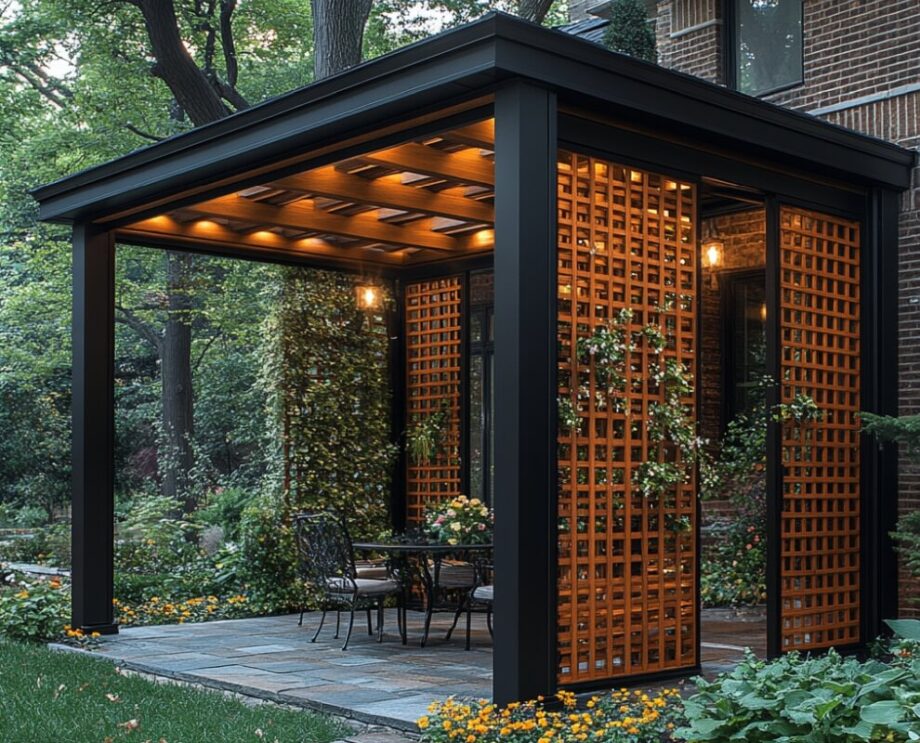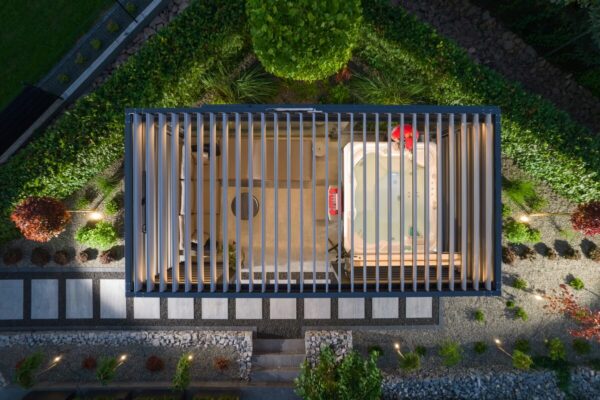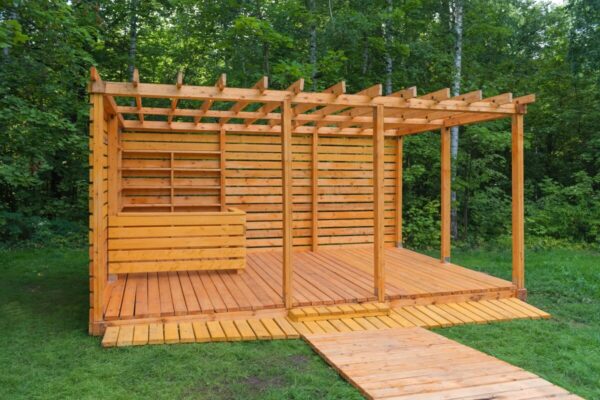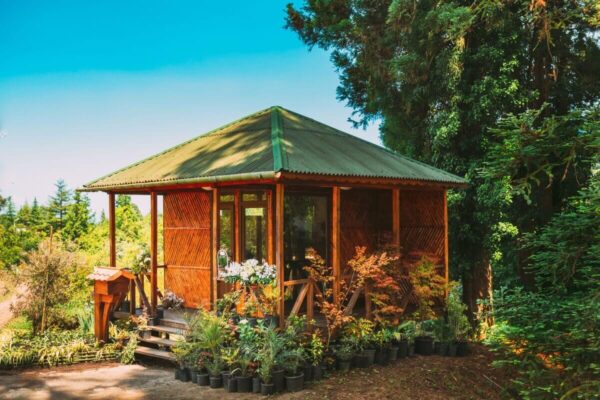Contents
- Development of wooden boards in modern sustainable design
- Sustainability and versatility in the development of wooden boards
- How renewable practices shape the development of wooden boards
- How is the development of wooden boards changing the furniture industry?
- Benefits of adopting wooden boards in architectural frameworks
- Most popular questions and answers
- What are the main benefits of using wooden boards for sustainability?
- How does the development of wooden boards contribute to versatile design?
- Can technological advancements improve the durability of wooden boards?
- What role does wooden board production play in the furniture industry?
- How do wooden boards impact environmental sustainability in construction?
Development of wooden boards in modern sustainable design
The rise of sustainable design practices has propelled the development of wooden boards to the forefront of the architectural and furniture industries. As concerns over environmental degradation grow, the use of renewable resources is vital. Wooden boards offer several advantages due to their renewability and reduced carbon footprint. The use of sustainably sourced wood ensures a cycle of planting and harvesting that maintains ecological balance. The transformation from forest to product not only conserves natural resources but also ensures longevity and resilience in the structures and designs they inhabit. Designers and manufacturers are increasingly drawn to wooden boards for their environmental benefits, versatility, and aesthetic appeal.
Sustainability and versatility in the development of wooden boards
One of the primary reasons why the development of wooden boards is critical in sustainable design is their unmatched versatility. Wooden boards can be used in numerous applications, from flooring and furniture to constructing entire buildings. This adaptability aligns perfectly with sustainable building practices, making it possible to reduce the need for various different materials. Furthermore, wood generally requires less energy to produce and transform into final products compared to other materials. This energy efficiency reduces overall emissions associated with building and manufacturing processes. In addition to their eco-friendly properties, wooden boards contribute to creating warm and inviting interiors, giving spaces a timeless quality and charm that only natural materials can provide.
The evolution and innovation in wooden board design processes further expand their applications. With modern technology, we can now produce tailor-made wooden boards that suit specific climate conditions, enhancing their durability and performance. This customization contributes significantly to reducing waste, as boards can be precisely engineered to fit exact requirements, eliminating the necessity of wasting resources to account for inadequacies in design or performance.
How renewable practices shape the development of wooden boards
Renewable practices in the forestry and manufacturing sectors are pivotal to the development of wooden boards. Such practices include selective logging, where only a portion of the trees are harvested, preserving the ecological health of the forest. By employing these methods, the future supply of wood is protected while maintaining biodiversity and wildlife habitats. Additionally, the integration of forestry stewardship certifications, such as FSC and PEFC, ensures that wood sources are responsibly managed.
- Selective logging: Only certain trees are harvested, ensuring that the forest regenerates naturally and maintains its ecological balance.
- Certification programs: Wood sourced from forests with sustainability certifications gives consumers confidence that their products do not contribute to deforestation.
- Waste reduction: By-products from the logging process are often used in other products, ensuring no part of the material goes unused.
Conscious efforts in developing wooden boards result in not just eco-friendly products but also drive innovation in their manufacture, leading to enhanced qualities such as strength, flexibility, and resistance to various elements.
How is the development of wooden boards changing the furniture industry?
The change brought about by the development of wooden boards within the furniture industry is phenomenal. The move towards using wooden boards signifies a shift to more sustainable practices in furniture design and manufacturing. Furniture crafted from wooden boards is not only sustainable but it also displays flexibility in design, allowing for intricate, modern, or traditional styles. By opting for wooden boards, manufacturers can achieve ecologically sound products without compromising on style or durability.
The following elements highlight how this development transforms the furniture landscape:
- Eco-friendly furniture: Reduces the carbon footprint of production, resulting in more responsible consumer choices.
- Innovative design capabilities: Wooden boards allow for endless design possibilities, catering to various aesthetic preferences.
- Longevity and resilience: Well-crafted furniture using wooden boards stands the test of time, providing value through durability and style.
Utilizing wooden boards in furniture, therefore, fosters an industry shift towards greener production while maintaining creative freedom, which resonates positively with environmentally conscious consumers looking for sustainable yet stylish options.
Benefits of adopting wooden boards in architectural frameworks
Incorporating wooden boards into architectural design brings numerous benefits, extending beyond aesthetics to practical and environmental advantages. Timber’s superior load-bearing capabilities make it an ideal candidate for structural elements, offering a lightweight alternative to traditional steel and concrete. This characteristic means that buildings can be constructed more efficiently and at lower costs in terms of labor and materials. Furthermore, wood’s natural thermal properties enhance insulation, resulting in energy savings.
When it comes to the environmental benefits, the reduced carbon emissions associated with wood processing play a crucial role in minimizing construction’s environmental impact. The lifecycle of wooden boards showcases their renewability and biodegradability, contributing to waste reduction at the end of the product’s life. Additionally, the presence of wood in buildings is linked to improved indoor air quality and health benefits due to its natural ability to moderate humidity.
In conclusion, as the emphasis on sustainable practices grows, the development of wooden boards becomes indispensable within design and architecture sectors. They offer an environmentally conscious choice that doesn’t skimp on style or performance. Expanding creativity and supporting green practices, wooden boards serve as a key element in addressing today’s ecological challenges. Embracing this pivotal resource could reshape the future of design and architecture for a more sustainable and innovative world.
Most popular questions and answers
What are the main benefits of using wooden boards for sustainability?
Wooden boards are eco-friendly due to their renewability and reduced carbon footprint. They help maintain ecological balance through sustainably sourced wood that supports reforestation. Their use promotes energy efficiency in production and offers aesthetic and functional versatility.
How does the development of wooden boards contribute to versatile design?
The adaptability of wooden boards enables their use in diverse applications like flooring, furniture, and building frameworks. This versatility aligns with sustainable practices by reducing the need for various materials. It also allows for energy-efficient production, enhancing design flexibility while preserving environmental resources.
Can technological advancements improve the durability of wooden boards?
Yes, modern technology allows for the production of tailor-made wooden boards suited to specific climate conditions, enhancing durability. This innovation minimizes waste by precisely engineering boards to exact requirements, ensuring resource efficiency. The result is high-quality, long-lasting boards tailored to desired performance needs.
What role does wooden board production play in the furniture industry?
The development of wooden boards has significantly shifted the furniture industry towards sustainable practices. Wooden boards offer a sustainable yet stylish alternative, accommodating diverse design styles. They enable manufacturers to produce environmentally sound products without compromising on quality or aesthetics.
How do wooden boards impact environmental sustainability in construction?
Wooden boards provide a lightweight, efficient alternative to steel and concrete in construction, reducing labor and material costs. They offer natural thermal insulation properties, contributing to energy savings. Additionally, their renewable and biodegradable nature supports reduced carbon emissions and construction sustainability.




